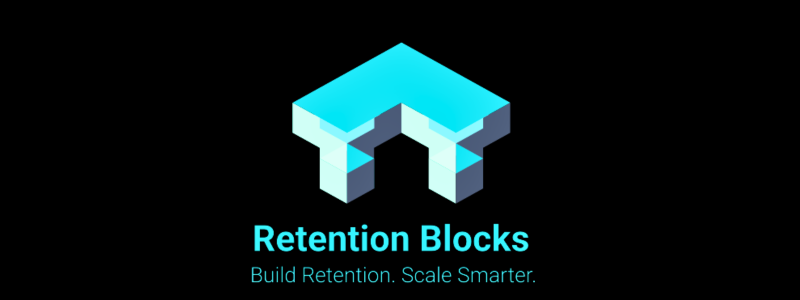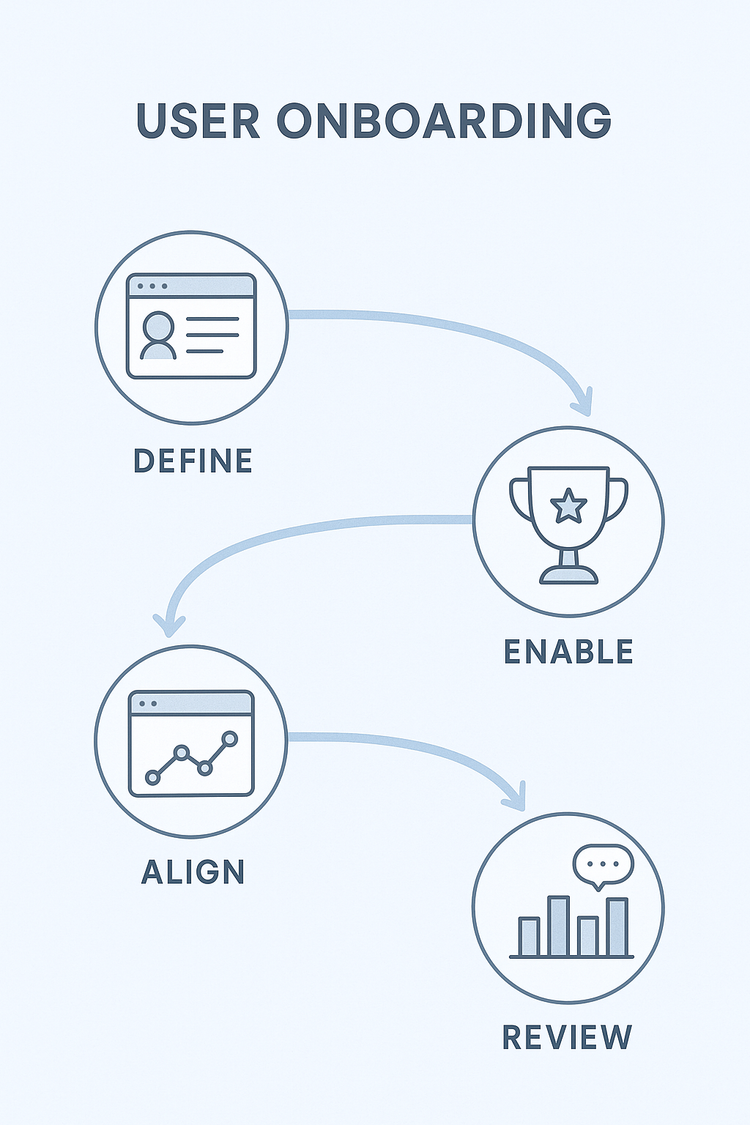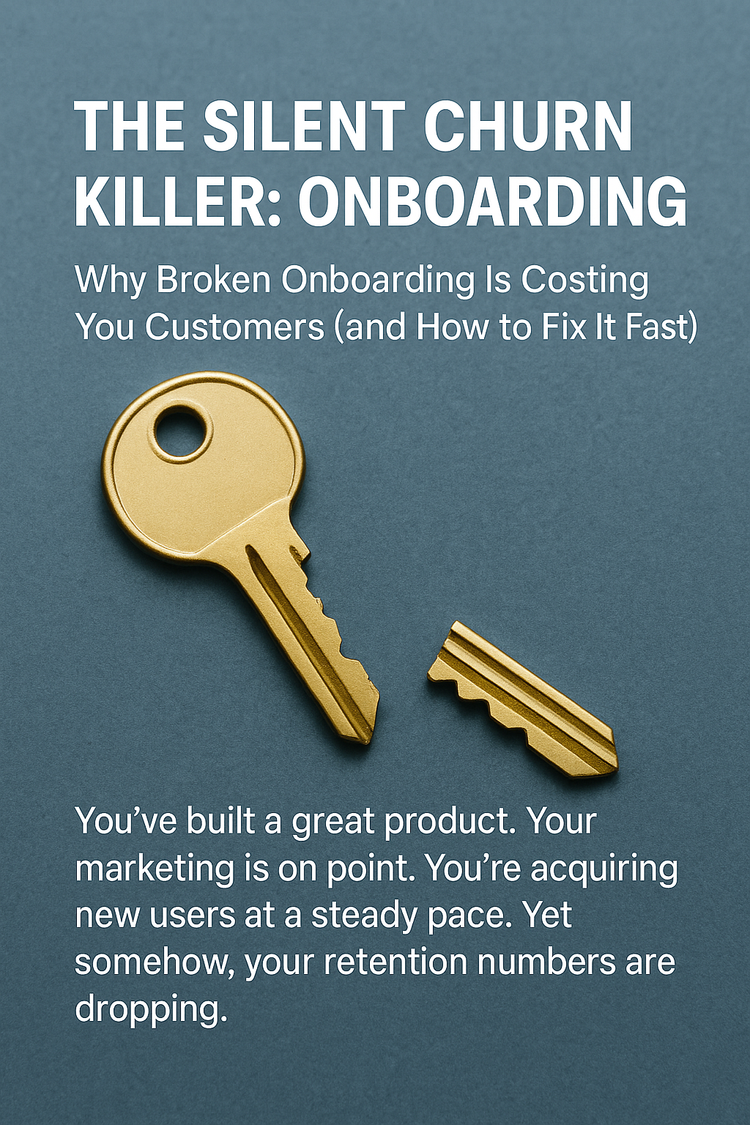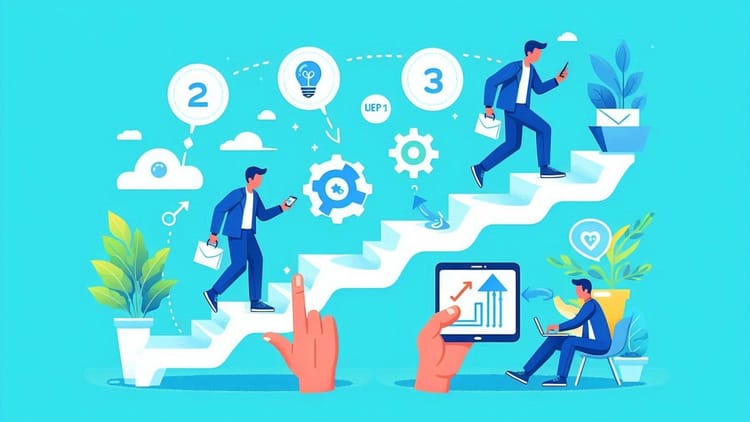The First 90 Days: How to Optimize Customer Onboarding for Success

Why Your Customer's First Impression Matters More Than You Think
Let's face it – we're all guilty of judging books by their covers. The same principle applies when customers try your product or service for the first time. Those initial interactions can make or break what could have been a beautiful, long-term relationship.
I learned this lesson the hard way when I signed up for a project management tool last year. After an enthusiastic purchase decision, I was dropped into a complicated dashboard with zero guidance. Two weeks and several frustrated support tickets later, I canceled my subscription and moved on. The product might have been fantastic, but I never got far enough to find out.
This isn't just my personal gripe. Research consistently shows that the first 90 days determine whether a customer will stick around or ghost you faster than a bad Tinder date.
The Hidden Cost of Poor Onboarding
According to research from COPC Inc., companies that neglect structured onboarding programs face significantly higher churn rates. This isn't just about losing a single customer – it's about throwing money down the drain.
Think about it: You've already spent money to attract this customer. Your sales team invested time nurturing them. Then they converted! Time to celebrate, right? Not so fast. If they leave during those critical first 90 days because your onboarding experience feels like navigating a maze blindfolded, all that investment evaporates.
The math is clear – retaining existing customers costs far less than acquiring new ones. Yet many companies pour resources into fancy acquisition strategies while treating onboarding as an afterthought.
Breaking Down the 90-Day Journey
So what happens during these crucial first three months? Let's map it out:
Phase 1: Initial Value Realization (Days 1–30)
This is when your customer is most excited and optimistic. They've just committed to your solution and are eager to see results. But this enthusiasm comes with high expectations and little patience.
During this phase, customers need:
- A warm welcome that reinforces they made the right decision
- Quick wins to build confidence in your product
- Clear guidance without overwhelming them
- Responsive support when questions arise
Think of this as the first date. You want to put your best foot forward, be attentive, and leave them excited about seeing you again.
Phase 2: The Reality Check (Days 31-60)
The initial excitement has worn off, and now your customer is getting serious about implementation. This is when they might hit roadblocks or realize the product requires more effort than anticipated.
During this phase, focus on:
- Deepening their product knowledge beyond the basics
- Providing resources for more advanced use cases
- Checking in proactively before frustration sets in
- Connecting them with other users or community resources
This is like the stage in a relationship where you start showing your real personality. The fancy dinner dates are replaced with Netflix nights, and the true test of compatibility begins.
Phase 3: The Habit Formation Period (Days 61-90)
By now, your product should be becoming part of their regular workflow. If they haven't established consistent usage patterns by day 90, the risk of churn skyrockets.
During this critical phase:
- Help them establish routines around your product
- Celebrate their successes and milestones
- Gather feedback for improvement
- Plant seeds for expansion or upselling opportunities
Think of this as the point where you're no longer counting the months you've been dating – you're just naturally part of each other's lives.
The Product-Led Approach: Making Your Product Do the Heavy Lifting
Traditional onboarding often relies heavily on customer success teams conducting training sessions and check-in calls. While human touchpoints remain valuable, modern onboarding increasingly embraces what Wes Bush calls "Product-Led Growth" (PLG).
In a PLG model, the product itself guides users to their "aha moment" – that instant when they truly understand the value of what they've purchased.
Companies like Slack and Notion excel at this approach. When you first sign up for Slack, it doesn't just drop you into an empty workspace. Instead, it guides you through creating channels, inviting teammates, and sending your first messages – all while subtly teaching you how the platform works.
This self-serve approach offers several advantages:
- Scales more efficiently than high-touch models
- Allows users to progress at their own pace
- Creates consistent experiences across your customer base
- Collects valuable data about user behavior
But going product-led doesn't mean abandoning the human element entirely. The best onboarding programs blend automated guidance with strategic human interventions.
Personalizing the Journey: One Size Fits Nobody
Just as no two customers are identical, neither should their onboarding experiences be. The marketing director exploring your analytics platform has different needs and priorities than the data scientist who'll use it daily.
Effective personalization begins with asking the right questions:
- What role does this person play in their organization?
- What problem are they trying to solve?
- What's their technical proficiency level?
- Which features will deliver value fastest for their specific use case?
Based on these insights, you can tailor their journey accordingly. A technical user might appreciate direct access to advanced features, while a business user might benefit from templates and guided workflows.
Take a CRM implementation, for example. A sales rep needs to know how to log calls and track opportunities. Their manager cares more about reporting and forecasting. The IT admin focuses on integration and security settings. Each deserves a unique path that prioritizes their specific needs.
Smoothing the Path: Making Onboarding Easy and Friction-Free
Sometimes, the best onboarding is the one users barely notice. Every unnecessary step, confusing instruction, or technical hiccup creates friction that pushes customers closer to abandonment.
Common friction points to eliminate include:
Excessive Form Fields
Do you really need their job title, company size, and industry right now? Gather only essential information upfront and collect the rest gradually as the relationship develops.
Complex Setup Processes
If implementation requires 17 steps and an engineering degree, you're doing it wrong. Break complex setups into manageable chunks with clear progress indicators.
Information Overload
Bombarding new users with every feature and capability overwhelms them. Focus on core functionality first, then introduce advanced features progressively.
Technical Jargon
Your internal terminology might make sense to your team but can sound like a foreign language to new users. Speak their language, not yours.
A company that masters frictionless onboarding is Canva. They don't start by explaining their design philosophy or listing features. Instead, they immediately let you create something beautiful with templates and intuitive controls. The learning happens organically through doing.
Conclusion: Investing in the Critical First 90 Days
The research is clear: what happens in those first 90 days determines whether you're building a lasting customer relationship or just processing another churn statistic.
Effective onboarding isn't just about teaching features – it's about guiding customers to success with your product. It requires understanding their needs, providing the right information at the right time, removing obstacles from their path, and measuring progress along the way.
By investing in a thoughtful, structured approach to those critical first three months, you're not just reducing churn – you're laying the groundwork for expansion, referrals, and long-term loyalty.
Remember, customers don't buy your product to use your product. They buy it to solve problems and achieve goals. Your onboarding process should focus relentlessly on connecting these dots, turning new users into successful advocates who couldn't imagine working without you.






Member discussion